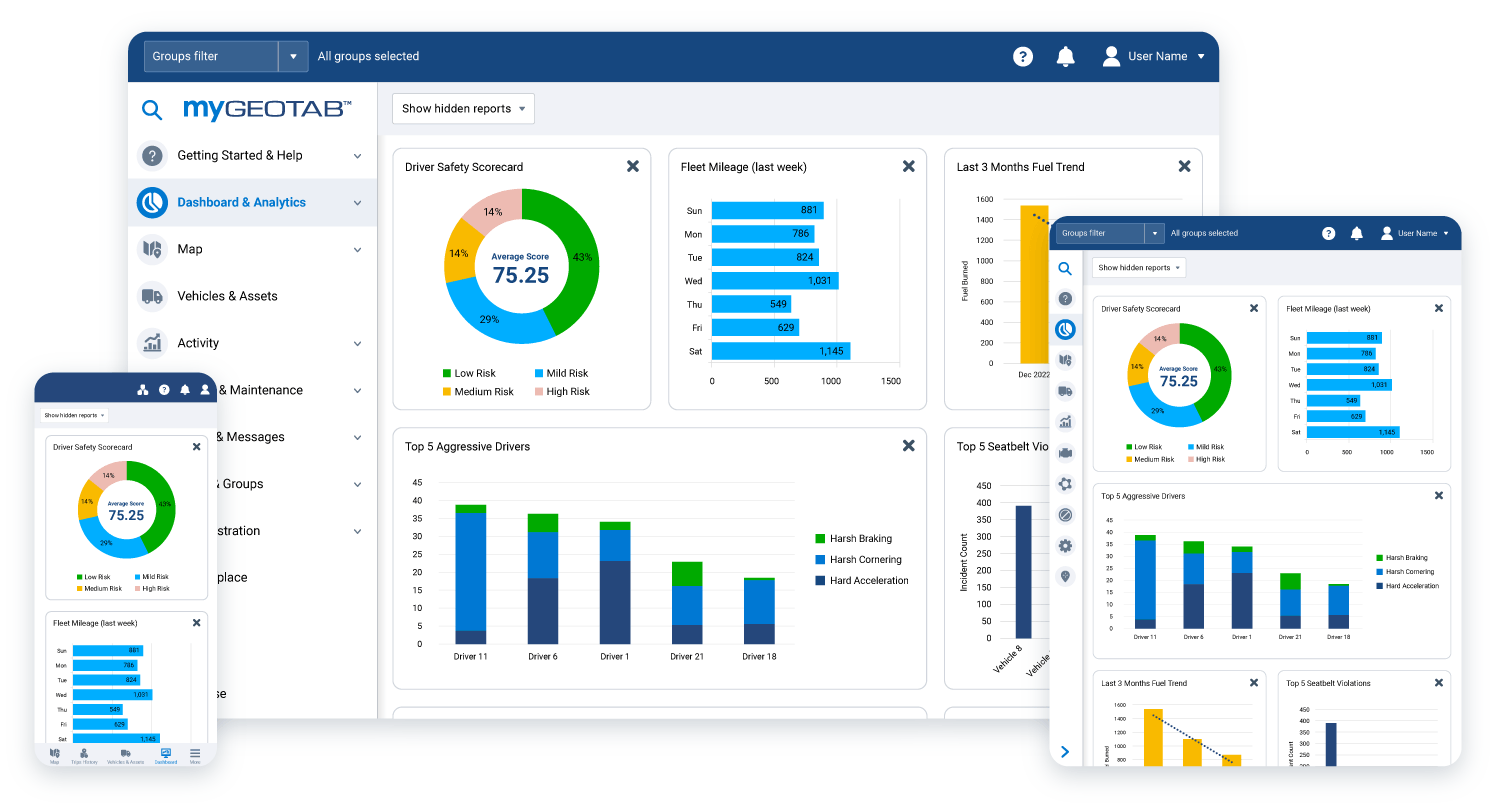Fleet Management Tools: Improve Effectiveness and Decrease Expenses
Maximize Fleet Workflow With Cutting-Edge Software Solutions
In the realm of modern-day fleet administration, the combination of innovative software services has come to be extremely important for companies aiming to improve their procedures and enhance total performance. As innovation remains to advance, the use of ingenious tools and platforms has changed the means fleets are taken care of, providing a plethora of advantages ranging from enhanced course preparing to real-time tracking capabilities. Nevertheless, real power depends on the harmony of these remedies and their ability to not only resolve current functional difficulties however likewise lead the way for future growth and success. The vital to unlocking this potential depend on welcoming a holistic method that integrates numerous software applications to create a cohesive and data-driven environment.
Advanced Course Optimization Devices
Maximizing fleet procedures with the application of sophisticated route optimization tools is essential for boosting performance and minimizing expenses. These tools leverage cutting-edge modern technology to enhance path planning, ensuring that lorries are taking one of the most effective paths to reach their locations - evolve fleet management. By evaluating various variables such as web traffic patterns, weather problems, and shipment windows, these devices can produce maximized paths that reduce gas usage and reduce vehicle driver idle time
Advanced route optimization devices also supply real-time updates and notifies, permitting fleet managers to adjust to changing conditions on the fly. This versatility makes it possible for quicker reaction times to unanticipated events, such as traffic jam or final delivery demands, improving general consumer complete satisfaction.
In addition, these tools use insights into vehicle driver performance and automobile application, assisting recognize locations for enhancement and cost-saving possibilities. By optimizing paths and making the most of sources, fleet procedures can achieve higher efficiency degrees and ultimately drive success. In today's affordable organization landscape, purchasing advanced path optimization devices is a strategic decision that can produce considerable functional advantages.
Real-Time Fleet Monitoring Solutions
Real-time fleet monitoring options play a critical duty in boosting functional presence and performance for businesses handling a fleet of cars. By using GPS innovation and sophisticated software, these solutions provide real-time updates on vehicle area, rate, and condition. This level of transparency permits fleet supervisors to make educated decisions quickly, leading to boosted course planning, decreased fuel intake, and much better overall fleet utilization.
With real-time fleet monitoring, services can keep an eye on chauffeur behavior, make certain adherence to routines, and enhance customer support by offering accurate arrival times. The capacity to track automobiles in real-time likewise makes it possible for fast reaction to unanticipated hold-ups, such as traffic jam or road closures, aiding to lessen disruptions and keep service degrees.

Automated Maintenance Monitoring Systems
With the structure of real-time fleet tracking options in position, organizations can improve their functional efficiency better by integrating automated upkeep management systems. These systems enhance the upkeep process by automating jobs such as scheduling routine upkeep, tracking car fixings, and managing stock for extra parts. By carrying out automated maintenance administration systems, organizations can reduce downtime, prolong the life-span of their fleet cars, and lessen unexpected malfunctions.
One of the key benefits of automated upkeep management systems is the ability to set up upkeep based upon actual vehicle use and performance data. This aggressive approach helps avoid expensive fixings by addressing problems before they intensify. In addition, these systems provide real-time insights into the health and wellness of each automobile in the fleet, permitting fleet supervisors to make data-driven choices and focus on maintenance tasks effectively.
Improved Vehicle Driver Interaction Systems

Boosted vehicle driver interaction systems also empower chauffeurs by offering them with tools to report issues, communicate with dispatchers, and accessibility vital details on-the-go. This structured interaction not only improves driver satisfaction yet additionally boosts general efficiency and performance. In addition, these systems commonly provide functionalities such as electronic logging and efficiency analytics, providing fleet managers valuable understandings right into chauffeur behavior, lorry use, and operational efficiency.
Data-Driven Efficiency Analytics
To even more optimize fleet procedures and improve decision-making processes, leveraging data-driven efficiency analytics is vital. By utilizing the power of innovative analytics tools, fleet supervisors can get important understandings into various elements of their operations, consisting of car efficiency, chauffeur behavior, gas efficiency, and upkeep schedules. These analytics make it possible for managers to recognize trends, patterns, and outliers that can influence operational effectiveness and cost-effectiveness.
With data-driven performance analytics, fleet supervisors can track essential efficiency signs (KPIs) in real-time, permitting for positive decision-making and prompt interventions to attend to any problems that might occur. By checking elements such as lorry usage prices, still times, and route effectiveness, supervisors can optimize fleet sources, lower fuel usage, and decrease downtime. Additionally, performance analytics can aid identify chances for procedure renovations, training initiatives, and calculated financial investments to enhance overall fleet performance.
Verdict
To conclude, optimizing fleet operations with sophisticated software services can considerably boost efficiency and productivity. By using sophisticated path optimization devices, real-time fleet monitoring remedies, automated upkeep management systems, enhanced chauffeur communication platforms, and data-driven performance analytics, business can enhance their procedures and lower prices. These technical innovations permit better decision-making and overall fleet management, resulting in a more effective and affordable business version.